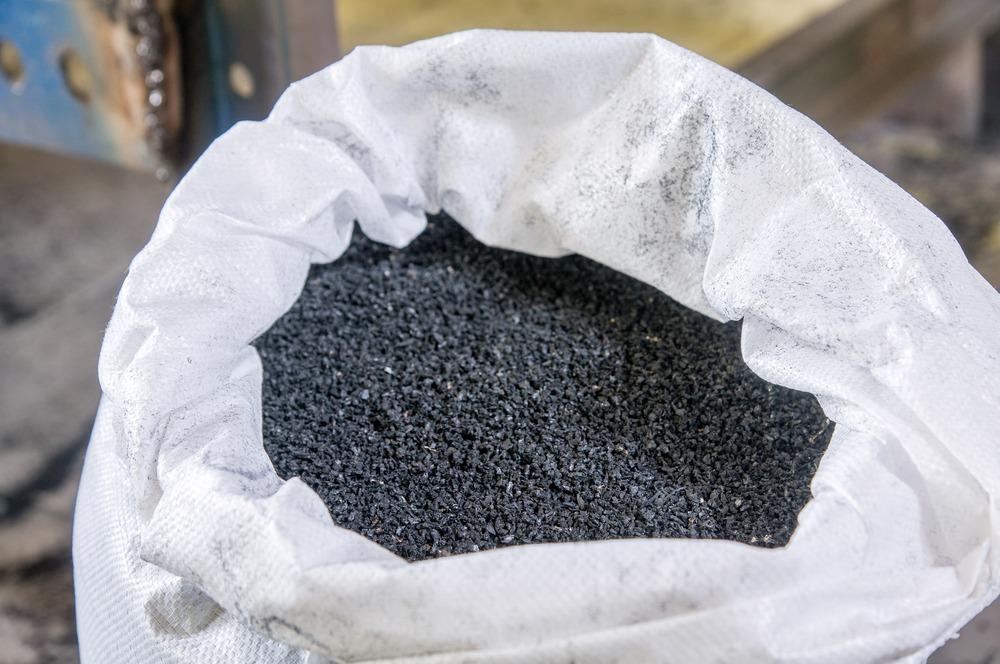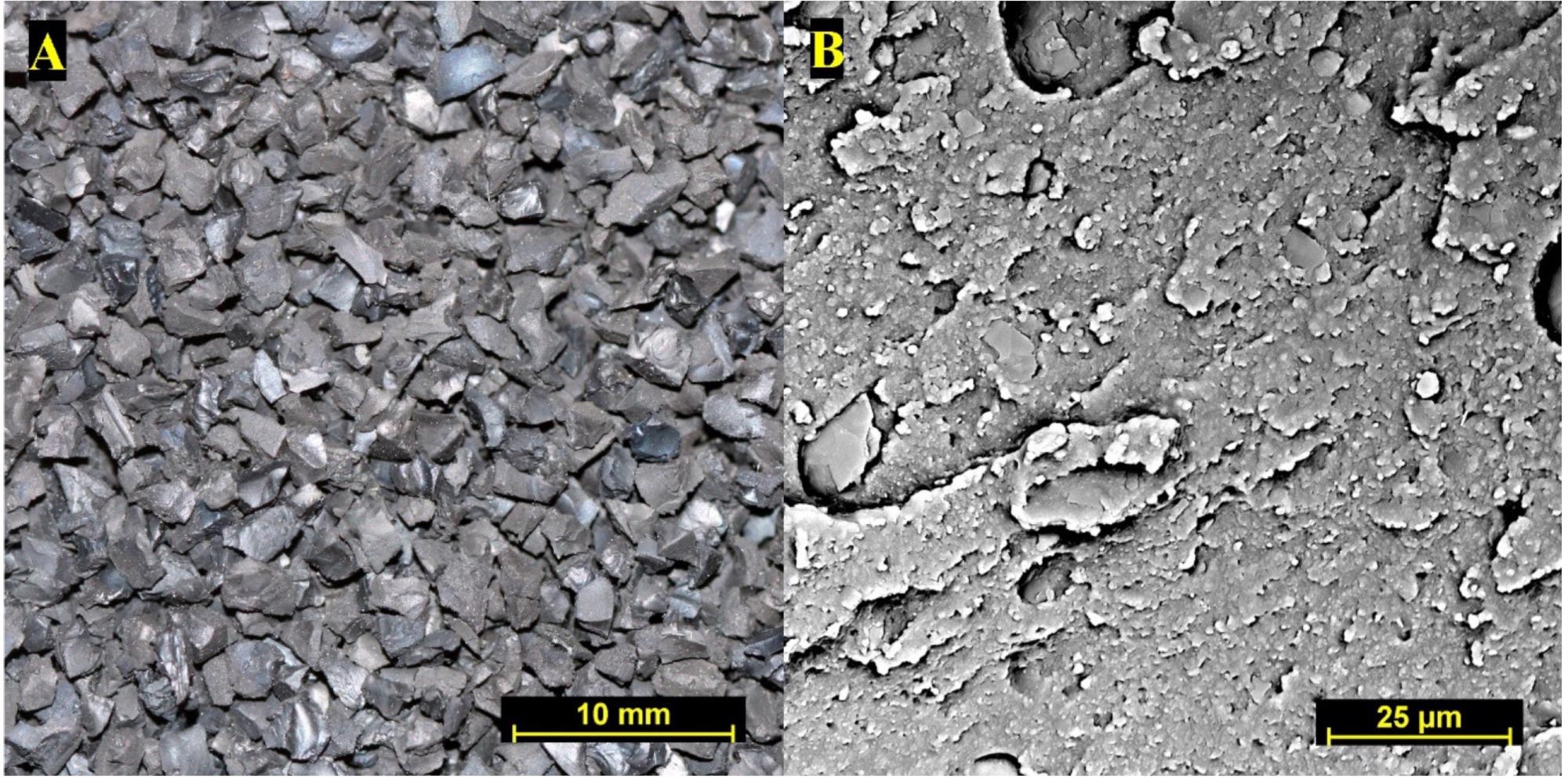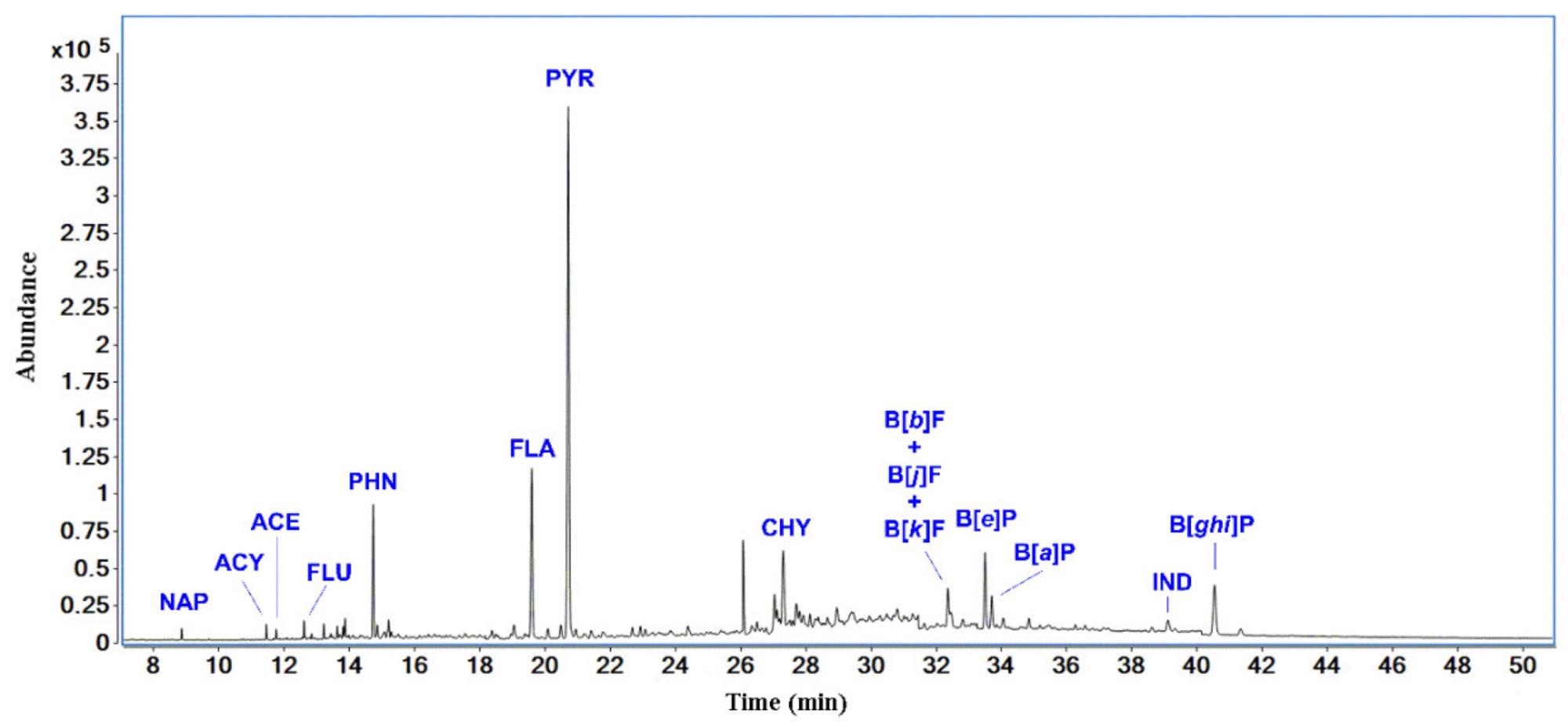 By Surbhi JainReviewed by Susha Cheriyedath, M.Sc.Apr 4 2022
By Surbhi JainReviewed by Susha Cheriyedath, M.Sc.Apr 4 2022In an article recently published in the open-access journal Polymers, researchers investigated the environmental consequences of rubber crumb application in terms of water and soil pollution.

Study: Environmental Consequences of Rubber Crumb Application: Soil and Water Pollution. Image Credit: zzphoto.ru/Shutterstock.com
Background
Reusing waste materials is key to reducing the environmental impact of human activities and moving toward material sustainability. In this regard, end-of-life tires (ELTs) pose a serious environmental burden that should be mitigated by appropriate reuse strategies leading to the mitigation of side effects associated with ELT landfilling.
ELTs have piqued the interest of several research teams due to their numerous beneficial properties. Despite various desirable qualities, the presence of hazardous and possibly harmful compounds has caused many scientists to express concerns regarding the safety of using these materials on a larger scale.

(A)—Macroimage of studied rubber crumb; (B)—SEM image of rubber crumb sample at 2500× magnification. Image Credit: Fort, J. et al., Polymers
In recent studies, the hazards associated with polycyclic aromatic hydrocarbons (PAHs) have become a contentious topic. Despite the toxicity for numerous creatures, the unintended side effects associated with the leakage of hazardous substances from rubber crumb to soil and water provide another problem that is not adequately studied. Concerns about the usage of rubber crumb from ELTs causing environmental damage have apparently not been addressed in sufficient detail.
About the Study
In this study, the authors examined the effects of rubber crumb on freshwater and soil species by measuring heavy metal and polycyclic aromatic hydrocarbon concentrations.
The researchers determined the impacts of rubber crumb generated from ELTs on soil and aquatic species as affected areas by potential rubber crumb leaching pollution. In terms of comprehension, the effect on the natural environment was assessed through the study of Desmodesmus subspicatus, Lemma minor, Sinapis alba, and Daphnia magna.
The negative effects of two plants, namely Eisenia fetida and Lactuca sativa, on the environment, such as higher mortality and lower repeatability, were studied. The heavy metal analysis was performed at 21 days and 24 h to describe rubber crumb leachate, while the usage of vulcanization activators in tire production was taken into account.
The team examined the ecotoxicological findings in relation to the measured concentrations of certain PAHs and heavy metals. Rubber crumbs from ELTs that were commercially accessible were used as test materials. Rubber crumb particles with diameters ranging from 1.2 to 5 mm were investigated.
An inductively coupled plasma optical emission spectrometer was used to detect the concentration of metal leakage from rubber crumb into water. Comparisons between retention durations and mass spectra of legitimate standards were used to screen current PAHs qualitatively. To determine the mass concentration of certain PAHs, a five-point calibration line was created.
Observations
In comparison to invertebrates, the studied plants were less sensitive, with inhibition of the investigated parameters ranging from 27 to 48%. Pyrene had the highest concentration value of = 31.24 mg.kg-1, followed by fluoranthene with a concentration value of 9.12 mg.kg-1. Zinc had the highest concentration from metal leaching into the water at 7.04 mg.L-1 after 21 days.

SIM chromatogram showing identified PAHs. Image Credit: Fort, J. et al., Polymers
A total of roughly 58 mg.kg-1 of PAHs were discovered in the rubber crumb sample tested. In the studied rubber crumb, there was a higher percentage of zinc, which could be harmful to aquatic organisms in particular. Other heavy metals, on the other hand, were identified in relatively low concentrations.
The length of the leaching period had a significant impact on the repercussions for aquatic and terrestrial organisms. While the zinc content posed no health risk to humans, the ecotoxicity tests indicated significant environmental dangers, as seen by the 100% mortality of Daphnia magna and Eisenia fetida in particular.
Conclusions
In conclusion, this study elucidated the environmental consequences of rubber crumb-based materials used for sports pitches, children's playgrounds, and other leisure activities. The results revealed the potential negative repercussions of using a lot of rubber crumb and exposing it to the elements.
The authors emphasized that the obtained results raise serious concerns about freshwater contamination, as elevated zinc (7 mg.L-1) and polycyclic aromatic hydrocarbons (58 mg.kg-1) impede the growth of freshwater species, particularly Lemna minor and Desmodesmus subspicatus. The results of the soil organism test indicated that there are serious worries about earthworm mortality as well.
They believe that the acquired information can be viewed as a road map for a consistent approach to the circular economy's implementation, which brings with it a number of difficulties that have yet to be adequately described.
They also mentioned that the rubber crumb application may be of environmental concern due to the negative consequences related to the growth suppression of investigated aquatic and terrestrial plants.
Disclaimer: The views expressed here are those of the author expressed in their private capacity and do not necessarily represent the views of AZoM.com Limited T/A AZoNetwork the owner and operator of this website. This disclaimer forms part of the Terms and conditions of use of this website.
Sources:
Fort, J., Kobetiˇcová, K., Böhm, M., et al. Environmental Consequences of Rubber Crumb Application: Soil and Water Pollution. Polymers 14(7) 1416 (2022).
https://www.mdpi.com/2073-4360/14/7/1416